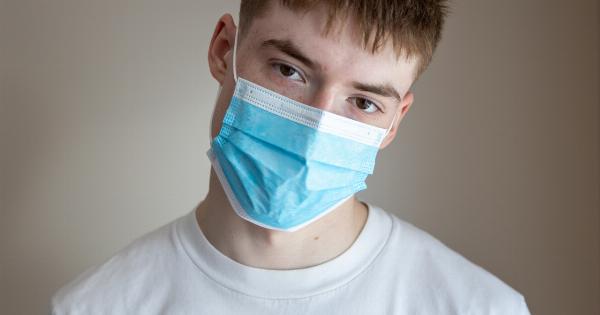The Ebola Virus Disease (EVD) is a lethal, highly infectious viral disease that causes severe bleeding, fever, and muscle pain. The virus is transmitted through direct contact with the bodily fluids of a person infected with the disease.
EVD is one of the deadliest infectious diseases known to human beings, with a mortality rate of up to 90%.
History of EVD
The first recorded outbreak of EVD occurred in the village of Yambuku, in the Democratic Republic of Congo (DRC) in 1976. Since then, there have been numerous outbreaks of the disease, mostly in Central and West Africa.
The worst outbreak to date occurred between 2014 and 2016, mainly in Guinea, Sierra Leone, and Liberia, which killed over 11,000 people.
Symptoms of EVD
The symptoms of EVD appear within two to 21 days after exposure. The early symptoms of the disease include fever, muscle pain, headache, and sore throat.
As the disease progresses, diarrhea, vomiting, skin rash, impaired kidney and liver function, and internal and external bleeding may occur.
Treatment of EVD
Currently, there is no approved medication or vaccine to treat or prevent EVD. Treatment mainly involves supportive care, such as maintaining fluid and electrolyte balance, management of symptoms, and blood transfusions if necessary.
The use of experimental drugs, transfusions of blood from survivors, and convalescent plasma therapy has shown some promising results in treating the disease.
Prevention of EVD
The best way to prevent the spread of EVD is through strict infection control measures, such as wearing protective clothing, practicing good hand hygiene, and disposing of contaminated materials properly.
Vaccines and new drugs are under development to prevent and treat EVD.
The Role of Public Health in EVD Control
Public health plays a crucial role in controlling EVD outbreaks.
When an outbreak occurs, public health officials must work quickly to identify and isolate infected individuals, trace their contacts, and educate the public on preventing the spread of the disease. Disease surveillance, outbreak preparedness, and early warning systems are essential for preventing and controlling EVD outbreaks.
The Economic Impact of EVD
EVD outbreaks can have significant economic impact, not only for the affected countries but also for the global economy. During an outbreak, economic activity is disrupted, and resources must be diverted to control the disease.
The cost of treating patients, lost productivity, and lost income for affected individuals can also be significant.
Conclusion
EVD is a devastating disease that can have a significant impact on individuals, society, and the global economy.
While there is no approved medication or vaccine for the disease, strict infection control measures, disease surveillance, and early warning systems are essential for preventing and controlling outbreaks.































